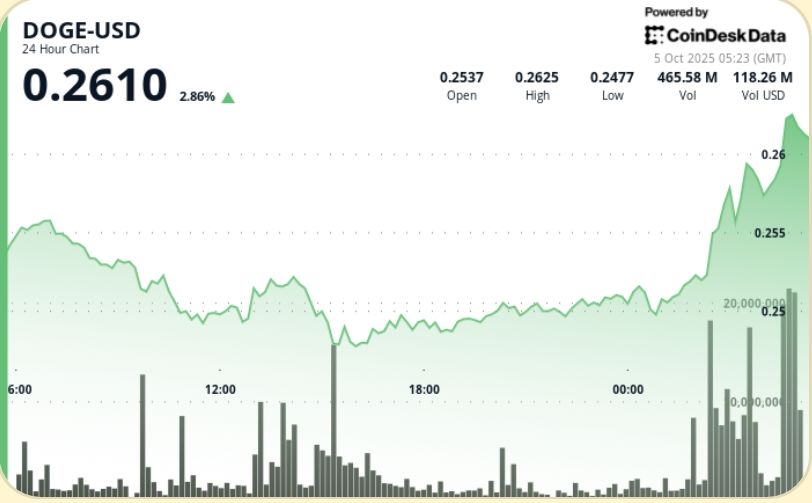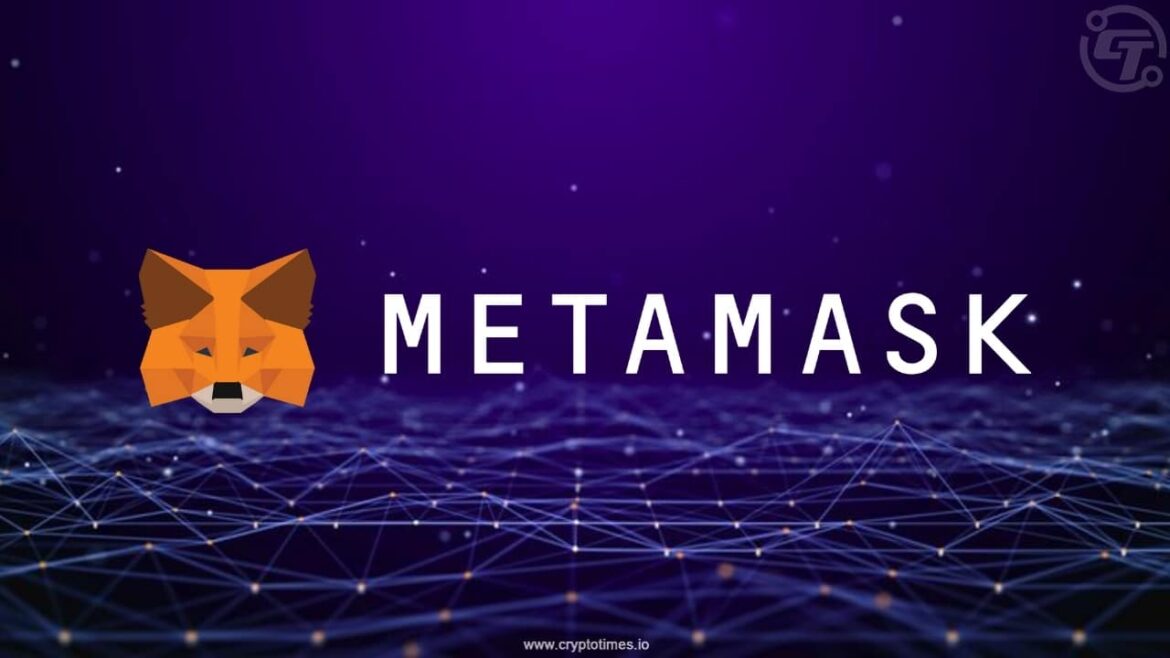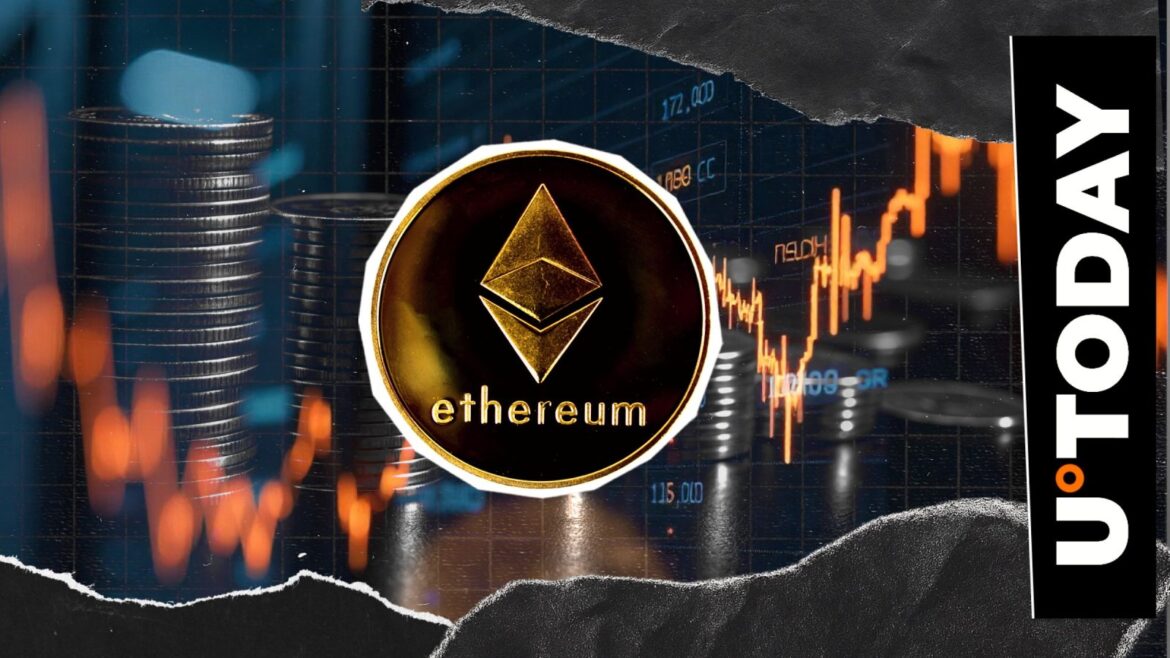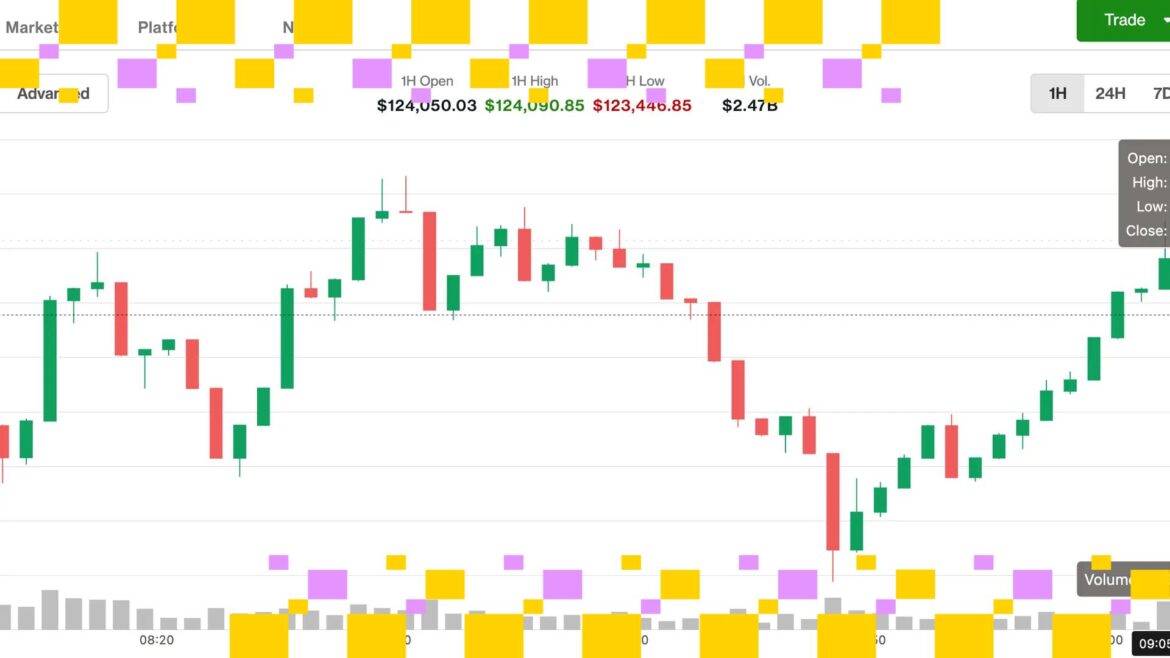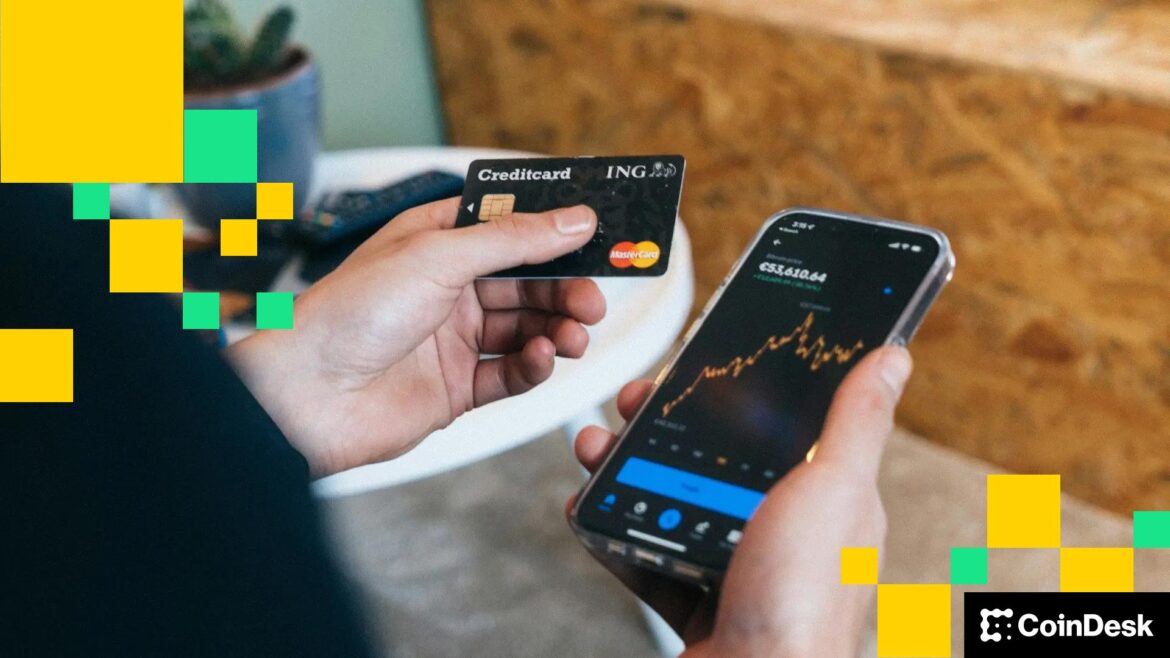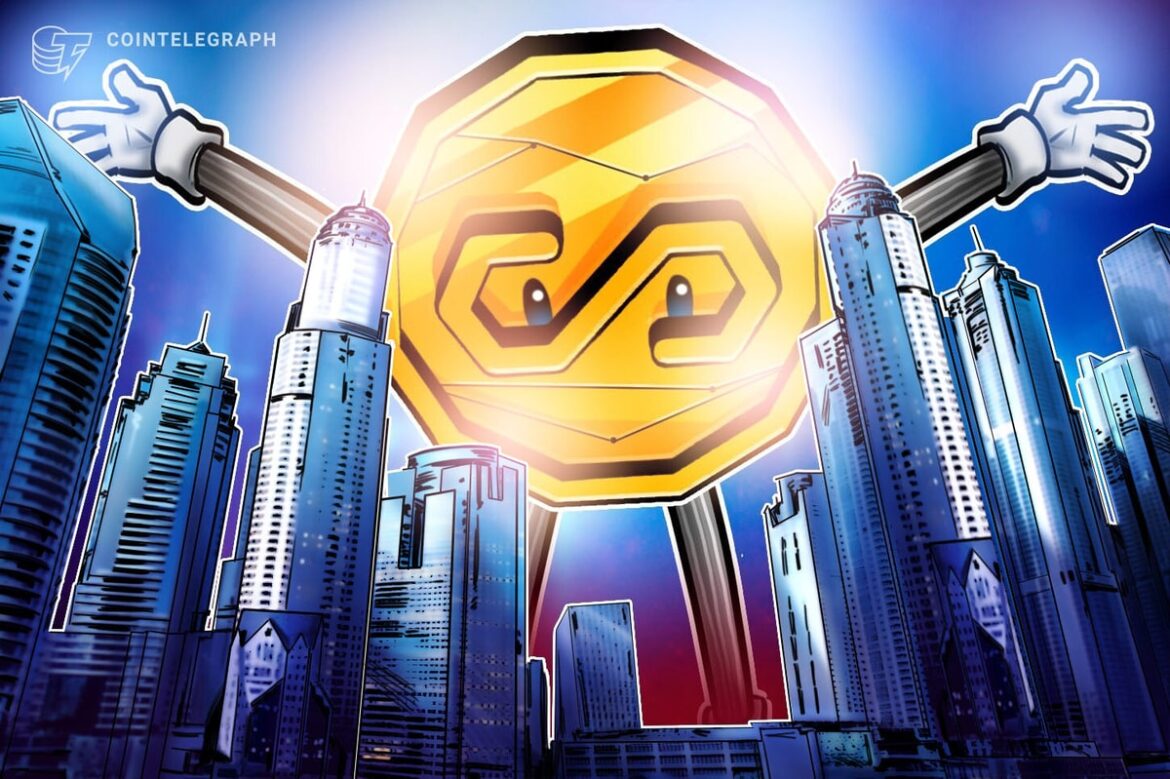Dogecoin bounced sharply in early Sunday trade, recovering from Saturday’s slide to reclaim the $0.26 handle.
The move higher came after a mid-session flushout drove price to $0.248 on heavy volume, clearing weak longs before buyers stepped in.
DOGE is now consolidating just above $0.26 with traders eyeing the $0.30–$0.33 zone as the next resistance cluster.
News Background
• DOGE has been trading within a broad $0.24–$0.27 band through September as ETF filings and institutional mining investments build longer-term narratives.
• Reports show 2 billion DOGE accumulated by large holders over the past 72 hours, consistent with historical pre-breakout patterns.
• Broader crypto markets are stabilizing after last week’s $1.7 billion in liquidations, with DOGE drawing inflows as traders rotate back into high-beta tokens.
Price Action Summary
• DOGE dropped from $0.254 to $0.248 during Saturday’s mid-session selloff, establishing strong support at $0.247–$0.249.
• Volume surged to 485.6M during the capitulation, confirming institutional participation.
• The token rebounded into an ascending channel formation, closing near $0.252.
• By early Sunday, DOGE had reclaimed $0.26, with consolidation now evident above the level.
• Traders flag $0.30 as the next resistance test, with $0.33–$0.40 as breakout targets.
Technical Analysis
• Support: Strong base around $0.247–$0.249 following heavy-volume rebound.
• Resistance: Short-term at $0.265, broader upside targets $0.30–$0.33.
• Volume: Spikes at 15:00 (485.6M) and during late-session rallies (>17M in minutes) confirm institutional flows.
• Trend: Ascending channel structure forming from $0.248 trough.
• Momentum: Final 60-minute advance from $0.251 to $0.252 (+0.5%) signaled continued bid into session close.
What Traders Are Watching
• Whether DOGE can sustain closes above $0.26 to confirm base-building.
• SEC’s pending DOGE ETF rulings — a potential near-term catalyst for institutional adoption.
• Whale flows after 2B DOGE accumulation over 72 hours.
• Breakout potential toward $0.30–$0.40 if momentum accelerates.

